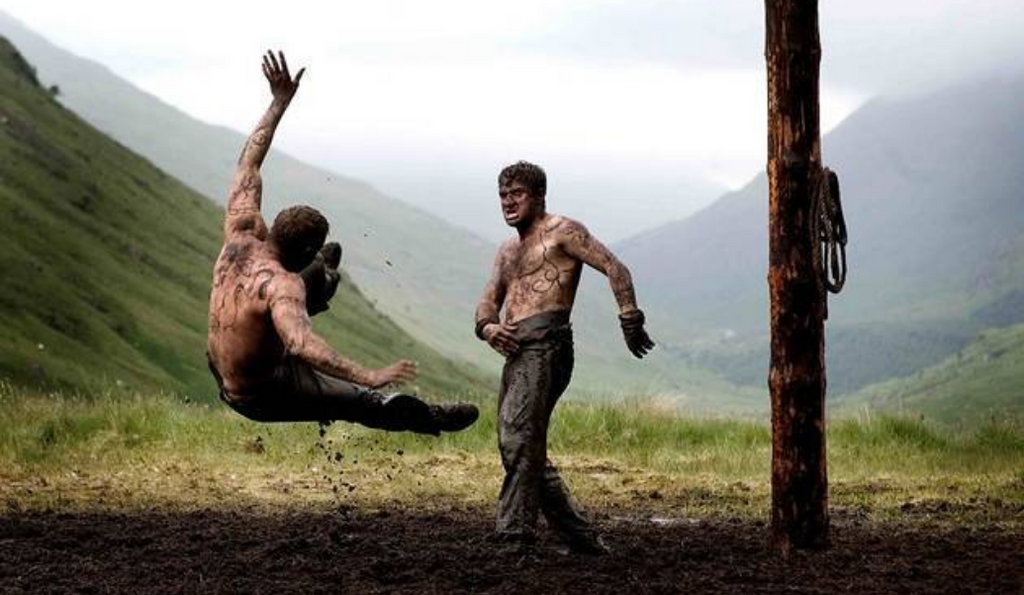Glima the Martial Arts System The Vikings Used
The Vikings were among the greatest warriors of all time. The contributing factor to this was the fact that the Vikings trained themselves with and without weapons. Though the Vikings often took the life of other people with their sharp axe, they still fought weaponless. For the battle without weapons, the Vikings developed a martial arts system known as the Glima.
In order to increase the chance of winning the battle, Viking warriors must know how to unarmed defend themselves against the armed foe.
Norsemen developed Glima as a self-defense system. They applied throws, kicks, blows, chokes, and other techniques to hurt their foes. Glima of the Vikings can be one of the best types of martial art around the world. The word "glima" in Old Norse means flash and quick. So properly, the main focus of the Glima was the speed.
Glima helped the Vikings trained helped to develop their strength, stamina, relexes, and courage. Those were all they needed to survive their battle. With Glima, the children could easily build up the self-confidence in the children.
The art of Glima once appeared in Norse mythology. The story began when Thor set out to the land of Utgard-Loki the giant. There he took part in competitions. His final competition was a wrestling with anyone in the hall. And an old woman volunteered to fight with Thor. That woman was known as Elli which meant "Old Age". Much to our surprise, Thor failed the test because the woman was so strong that she could bring Thor down in an unarmed combat. Later on, Thor knew that Elli the old woman symbolised Old Age. And whoever could win the power of Old Age?

There are three primary ways of the Glima: Brokartök, Hryggspenna, and Lausatök. It's not only a technique for self-denfense but also a sport.
Brokartök (Trouser-grip)
Broktartok is by far the most widespread form of glima in Scandinavian countries. Broktartok favors technique over strength. The two competitors would have to wear the belt around the waist the two belt in their thigh. The two belts are connected with a vertical line. A grip is carried out with one hand in the thigh belt and one in the wrist thigh. With this position, one competitor tried to throw the opponent to the ground. The winning condition was to make the opponent touch the land with either the elbow or the knee.

Hryggspenna (Backhold wrestling)
Hryggspenna like other forms of wrestling is to focus more on the strength rather than techniques. In this type of Glima, competitors would try control the upper body of the opponent and whoever touches the ground first would lose (of course, feet are not included.
Lausatok (Loose-grip)
This style was banned in Iceland for nearly one century before it has been taken up again recently. Compared with other forms of wrestling, Lausatok is much more aggressive and violent. Like other types of wrestling, in Lausatok, the competitors were supposed to bring their opponents down. If the two fell into the ground, one must find ways to keep the other lying while getting up.
Lausatok by far has become the most widespread form in Norway.




